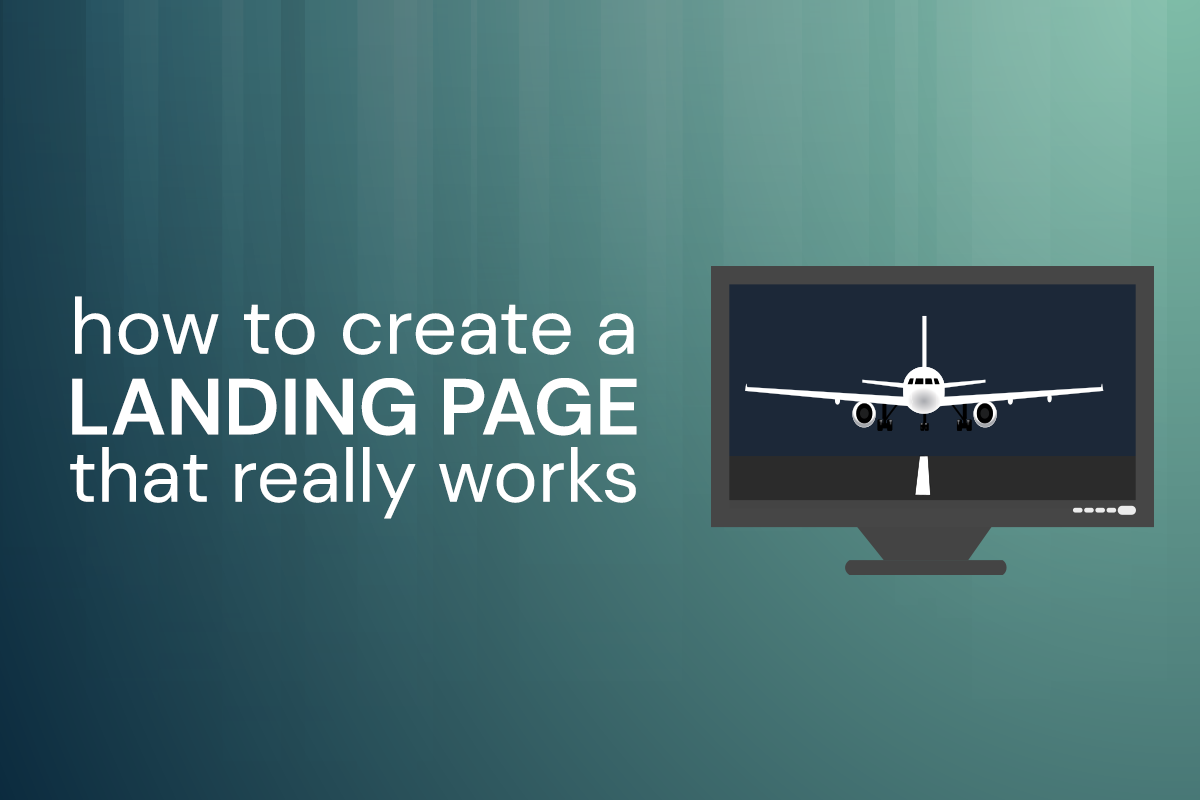Technically speaking, a landing page is the same is any other web page: code, graphics, text. But functionally speaking, a landing page is a web page that directs users to perform a single task, such as purchasing an ebook or signing up for an e-newsletter. Users may arrive at your landing page when they search for your product or service on the web, or they may click a link in one of your tweets or on Facebook. Here are the top reasons for creating a landing page:
- Get a visitor to buy your product or service
- Get a visitor to give permission for you to contact him by email, phone, etc.
- Get a visitor to click to another page
- Get a visitor to give you some sort of feedback
- Get a visitor to tell a friend about your product or service
The key to a successful landing page is to pick one and only one of these goals. And here are our top suggestions for creating a great landing page.
Keep it Clean
Remember Coco Chanel’s advice for accessorizing: “Before you leave the house, look in the mirror and take one thing off.” The same advice holds true for your landing page design. Make it as simple as you possibly can. ALL elements on your landing page should work toward your chosen goal, so think bold, simple graphics and highly visible buttons. If you have any navigation on the page, it should be obvious. Popups are completely out of place here; don’t use them. Keep your text brief and to the point. Use bullet points where possible to make your text more scannable. Think about using an attention-getting video to explain your business proposition.
Choose Your Headline Carefully
You have only a brief window to capture your visitor’s attention before she moves on, so look at your headline from your visitor’s perspective. Would you be interested enough to stay on the page? Does it make the purpose of your page completely clear? Does it contain the keywords you want people to use to find you? If your landing page is about selling a product, make sure your headline contains action words like “buy” or enticing words like “free.” This is not the time for subtlety—use a large font and place the headline prominently on the page, at the top.
If you’re doing a pay per click (PPC) campaign to lead people to your landing page, try to use the same language you used in the ad. It helps reassure people that they’re in the right place, on the right path.
Add a Trust Signal
When we talk about a “trust signal,” we mean any element that can be used to bolster your visitor’s sense of confidence in your offering. This could be a testimonial, a logo from a magazine or newspaper where you were mentioned, or even a Facebook like counter. But use sparingly and proceed with caution. It’s easy to clutter up your landing page with these elements that can be overwhelming.
Keep Forms Short
No one wants to fill out a form asking for your blood type and your first pet’s name. The more fields you ask your visitors to enter, the less likely it is they’ll finish the form. One whitepaper shows that asking for a phone number or date of birth on a form can cause completion rate to drop off by up to 50%, so stick to name and email address.
Test Your Page!
There is no reason to stick with a landing page if it isn’t working. We suggest using Google Analytics Experiments to compare your landing page iterations. Here are the top possibilities for switching things up:
- Your main headline
- Button text
- Button design (try different colors and sizes)
- Hero shot—try a variation of your main photo, preferably showing your product or service being used in context
- Form length
- Copy length—usually shorter is better, but you may be surprised at what details are important for the decision-making process
Need help with a landing page? Or want to set up conversion tracking in Google Analytics so that you can really see what’s working—or not working—for you? We can help! Contact us to learn more.






